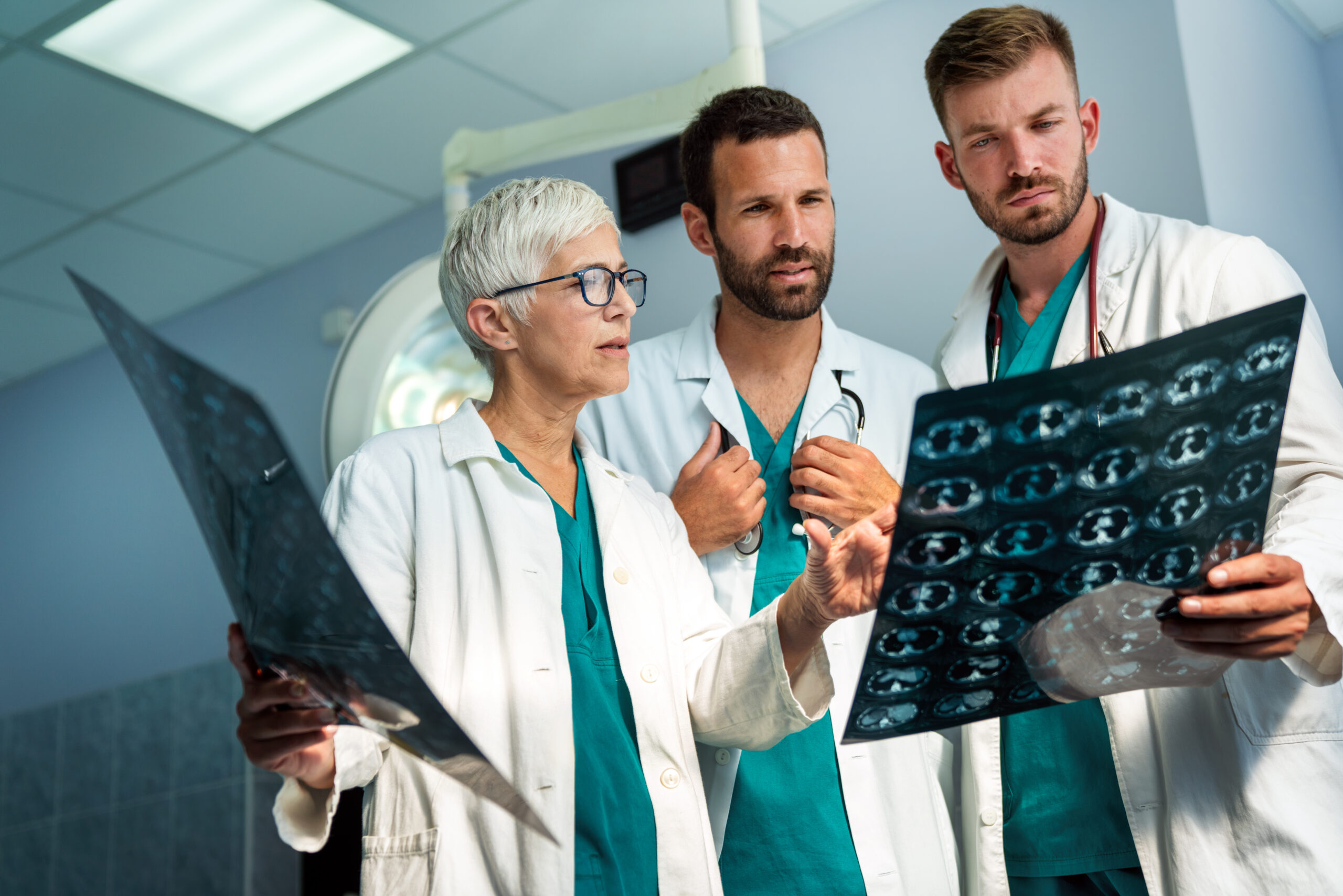X-ray technology has revolutionized the field of medicine, allowing healthcare professionals to diagnose and treat a wide range of conditions effectively. However, one pressing concern that often arises is the potential risk of radiation exposure X-ray technicians face.
Understanding Radiation and Cancer Risks
Radiation, particularly ionizing radiation emitted during X-ray procedures, possesses enough energy to alter the structure of molecules within living cells. When X-rays pass through the body to create images, they can ionize atoms and disrupt cellular processes. Research has shown a link between radiation exposure and an increased risk of cancer, especially after prolonged or repeated exposure.
Do X-ray Technicians Get Cancer?
It is essential to acknowledge that X-ray technicians, like any individuals working with ionizing radiation, are at a slightly higher risk of developing certain types of cancer due to their occupational exposure. However, the risk is relatively low, and advancements in safety measures have significantly reduced these risks over the years.
How X-rays Cause Cancer
X-rays primarily cause cancer through the damage they inflict on the DNA within cells. Ionizing radiation can break chemical bonds in DNA molecules, leading to mutations that may result in uncontrolled cell growth and the development of cancerous tumors. The cumulative effects of repeated exposure over time can increase the probability of cancer development.
Radiation Safety Measures for X-ray Technicians
Healthcare facilities and regulatory authorities prioritize radiation safety to protect both patients and medical staff. X-ray technicians must adhere to strict guidelines and protocols to minimize their exposure to radiation. Personal protective equipment (PPE), such as lead aprons and thyroid shields, act as a barrier between the technician and the X-ray beam. Regular equipment maintenance and calibration also ensure optimal safety and accurate imaging, reducing the need for repeat exposures.
Preventive Measures for Minimizing Damage from X-rays
To further minimize the potential damage from X-rays, technicians should focus on best practices for X-ray machine operation. This includes optimizing X-ray parameters, such as exposure time and radiation dose, to obtain high-quality images with the least amount of radiation necessary. Additionally, advancements in radiology technology, such as digital imaging, allow for lower radiation doses while maintaining image quality.
Education and Training
Education plays a crucial role in promoting radiation safety awareness among X-ray technicians. Proper training ensures that technicians are well-informed about the risks and safety protocols associated with X-ray procedures. Continuous learning and updates on best practices help technicians stay abreast of the latest developments in radiation safety.
Monitoring and Regular Health Checks
Occupational health departments often monitor X-ray technicians’ radiation exposure levels. This monitoring allows for early detection of any unusual patterns that may necessitate adjustments to the technician’s working practices. Regular health checks and medical screenings help identify potential health issues early on, contributing to better overall well-being.
Radiology Department Safety Culture
Fostering a culture of safety within radiology departments is vital to ensure the well-being of all staff members. Encouraging open communication about radiation safety concerns enables employees to voice their worries and seek solutions collaboratively. Providing access to resources and support for radiation safety reinforces the commitment to employee welfare.
By following best practices, using proper protective equipment, and embracing a culture of safety, X-ray technicians can safeguard their health while continuing to provide essential medical services to patients. Continuous education and vigilance remain crucial in staying ahead of advancements in radiation safety, ultimately promoting a safer environment for all healthcare professionals.


